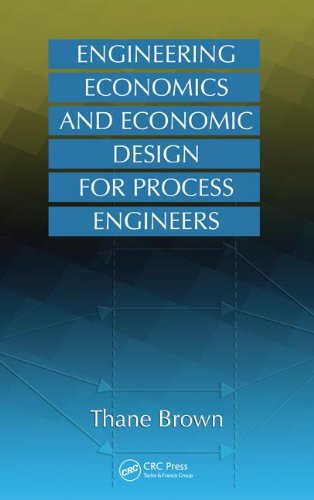

Most ebook files are in PDF format, so you can easily read them using various software such as Foxit Reader or directly on the Google Chrome browser.
Some ebook files are released by publishers in other formats such as .awz, .mobi, .epub, .fb2, etc. You may need to install specific software to read these formats on mobile/PC, such as Calibre.
Please read the tutorial at this link. https://ebooknice.com/page/post?id=faq
We offer FREE conversion to the popular formats you request; however, this may take some time. Therefore, right after payment, please email us, and we will try to provide the service as quickly as possible.
For some exceptional file formats or broken links (if any), please refrain from opening any disputes. Instead, email us first, and we will try to assist within a maximum of 6 hours.
EbookNice Team

Status:
Available4.3
6 reviewsAuthor Thane Brown sets the stage by explaining the engineer’s role in the creation of economically feasible projects. He discusses the basic economics of projects — how they are funded, what kinds of investments they require, how revenues, expenses, profits, and risks are interrelated, and how cash flows into and out of a company. In the engineering economics section of the book, Brown covers topics such as present and future values, annuities, interest rates, inflation, and inflation indices. He details how to create order-of-magnitude and study grade estimates for the investments in a project and how to make study grade production cost estimates.
Against this backdrop, Brown explores a unique scheme for producing an Economic Design. He demonstrates how using the Economic Design Model brings increased economic thinking and rigor into the early parts of design, the time in a project’s life when its cost structure is being set and when the engineer’s impact on profit is greatest. The model emphasizes three powerful new tools that help you create a comprehensive design option list. When the model is used early in a project, it can drastically lower both capital and production costs.
The book’s uniquely industrial focus presents topics as they would happen in a real work situation. It shows you how to combine technical and economic decision making to create economically optimum designs and increase your impact on profit and growth, and, therefore, your importance to your organization. Using these time-tested techniques, you can design processes that cost less to build and operate, and improve your company’s profit